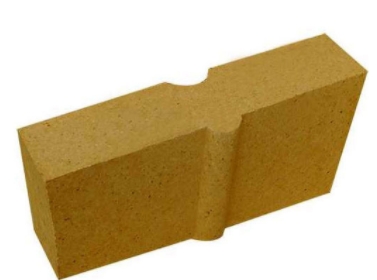- 30
- Sep
How to calculate the high temperature creep properties of refractories?
How to calculate the high temperature creep properties of refractories?

When the refractory is subjected to a certain load less than its ultimate strength at high temperatures, plastic deformation occurs, and the amount of deformation will gradually increase with time, and even destroy the refractory. This phenomenon is called creep. When designing high-temperature kilns, according to the load softening test and residual shrinkage rate of refractory materials, the high-temperature volume stability of refractory materials can be inferred to a certain extent. The high temperature creep property of refractory materials refers to the deformation of products under constant high temperature conditions under stress.
The method for detecting high temperature creep is: under constant pressure, heating at a certain speed, holding for a long time after reaching the specified temperature, recording the deformation of the sample in the height direction over time, and calculating the creep rate. The calculation formula is:
P=(Ln-Lo)/L1*
Where P-high temperature compression creep rate of refractory product samples, %;
Ln–the height of the sample after constant temperature nh, mm;
Lo–the height of the sample after the constant temperature starts, mm;
L1–The original height of the sample, mm.
The amount of deformation and time-deformation curve of refractory materials under high temperature and load conditions vary with the changes of many factors such as material, heating rate, constant temperature temperature, load size, and the difference is extremely large. Therefore, for products of different materials, conditions such as high temperature creep test temperature should be separately specified according to their use conditions.
